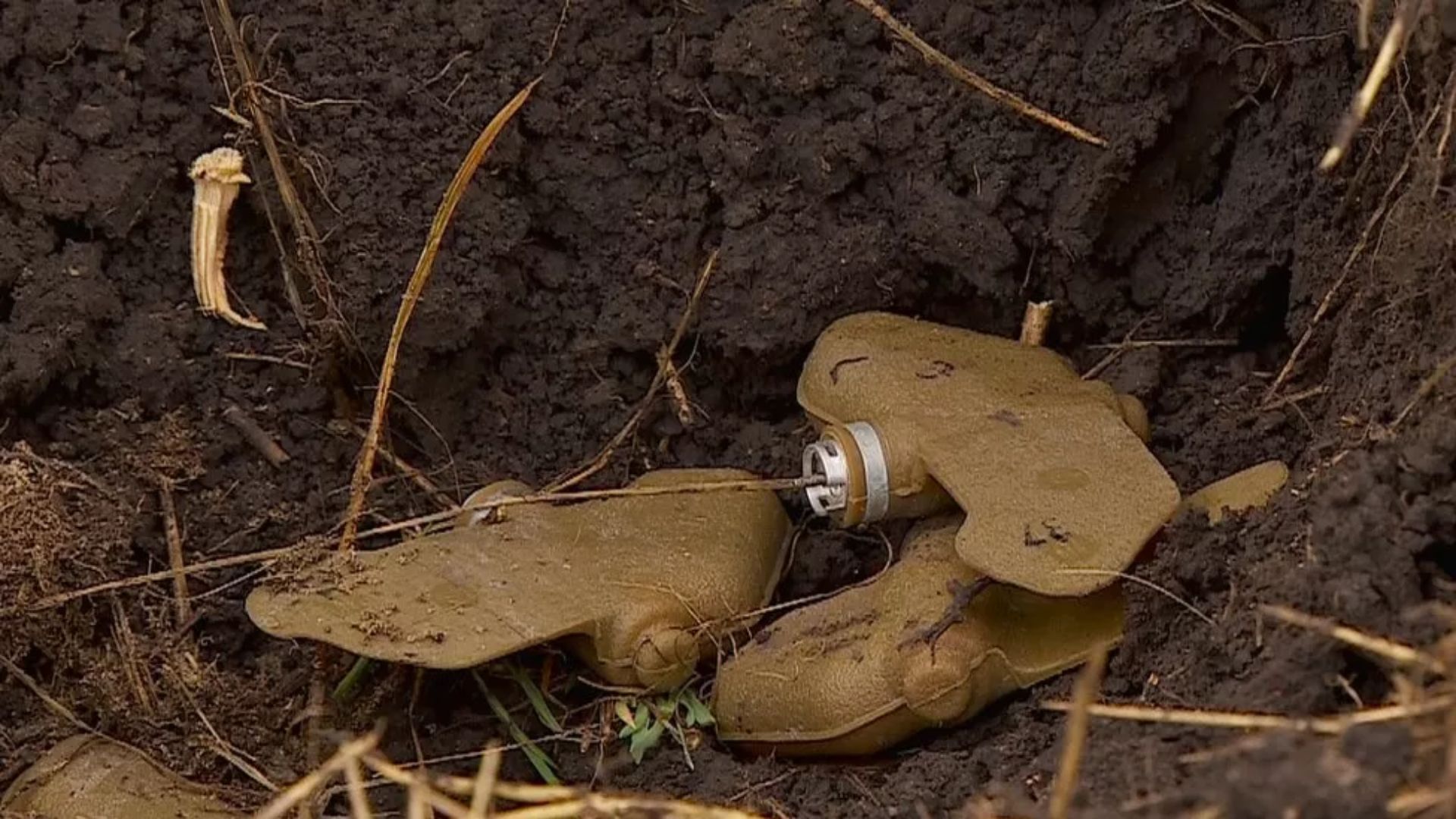Kyiv, Ukraine: As Ukraine's counteroffensive gains momentum, a sinister and little-known danger continues to lurk beneath its soil - landmines. These deadly remnants of conflict, left behind by Russian forces, present an imminent and unprecedented threat to both military personnel and innocent civilians residing in recently liberated areas.
The extensive contamination has reached a scale not witnessed in modern times with hundreds of thousands of landmines, scattered haphazardly across the landscape. Ukraine has now become the country with the most landmines in the world.
Roads, fields, and even devastated cities have become treacherous minefields, poised to claim more victims as each day passes.
Vital regions such as Zaporizhzhia and Donetsk oblasts have demanded large-scale combat engineering efforts to breach minefields. The ever-present danger of mines has compelled Ukrainian troops to prioritize neutralization of Russian artillery and fire support before attempting to carve out safe pathways with mine-clearing line charges and specialized armored vehicles equipped with plows.
 Removal of a dropped bomb in Orikhiv, southeastern Ukraine.Dmytro Smolienko/Ukrinform/ZUMA
Removal of a dropped bomb in Orikhiv, southeastern Ukraine.Dmytro Smolienko/Ukrinform/ZUMA
Civilians Caught in the Crossfire
The indiscriminate nature of landmines has placed innocent civilians at immense risk. As territories are reclaimed, civilians find themselves living amidst potential death traps. Minefields around once-occupied towns in Kyiv, Sumy, Chernihiv, Mykolaiv, and Kharkiv oblasts have become ticking time bombs, jeopardizing everyday activities.
Farmers are unable to till their fields for fear of encountering hidden explosives, face agonizing choices about their livelihoods.
 Anti-personnel 'butterfly' mines can look like toys to children and are banned under international law/Image Courtesy - BBC
Anti-personnel 'butterfly' mines can look like toys to children and are banned under international law/Image Courtesy - BBC
Lethal Arsenal
Among the most common landmines found in Ukraine's war-torn regions is the PFM-1 anti-personnel mine, aptly named the butterfly mine. Deceptively harmless in appearance, it conceals a deadly secret - a mere step on its "wings" is enough to trigger a devastating explosion.
 Ukraine says 724 people have been blown up by Russian mines since the invasion began last year/Image-BBC
Ukraine says 724 people have been blown up by Russian mines since the invasion began last year/Image-BBC
On the other hand, the newer POM-3 mine poses a more sinister threat, detecting vibrations and launching a deadly explosive payload when triggered. Additionally, anti-vehicle mines, like the TM-62 series and the German-designed PARM mine, pose further dangers, targeting vehicles and posing risks to civilians and military alike.
Non-technical surveys are being conducted in collaboration with mine-action authorities, gathering crucial information from communities to identify areas of contamination.
On the warfront, there are notable developments in Ukraine and its relationship with the European Union.
The President of the European Investment Bank (EIB), Werner Hoyer, praises Ukraine's economic competitiveness and sees it as a promising candidate for EU membership. He particularly highlights Ukraine's advancements in digitalization, surpassing many Central European countries.
Ukraine has recently recaptured the village of Staromaiorske in the Donetsk region, as confirmed by Ukrainian President Volodymyr Zelenskyy and Russian military bloggers.
Amid the invasion, North Korea's leader, Kim Jong Un, receives thanks from Russian President Vladimir Putin for providing "firm support" in Russia's war efforts in Ukraine. On the other side, Japan escalates sanctions against Russia, including an export ban on electric vehicles, in response to the ongoing conflict in Ukraine. These events reflect the complex and evolving dynamics on the Eastern European front.